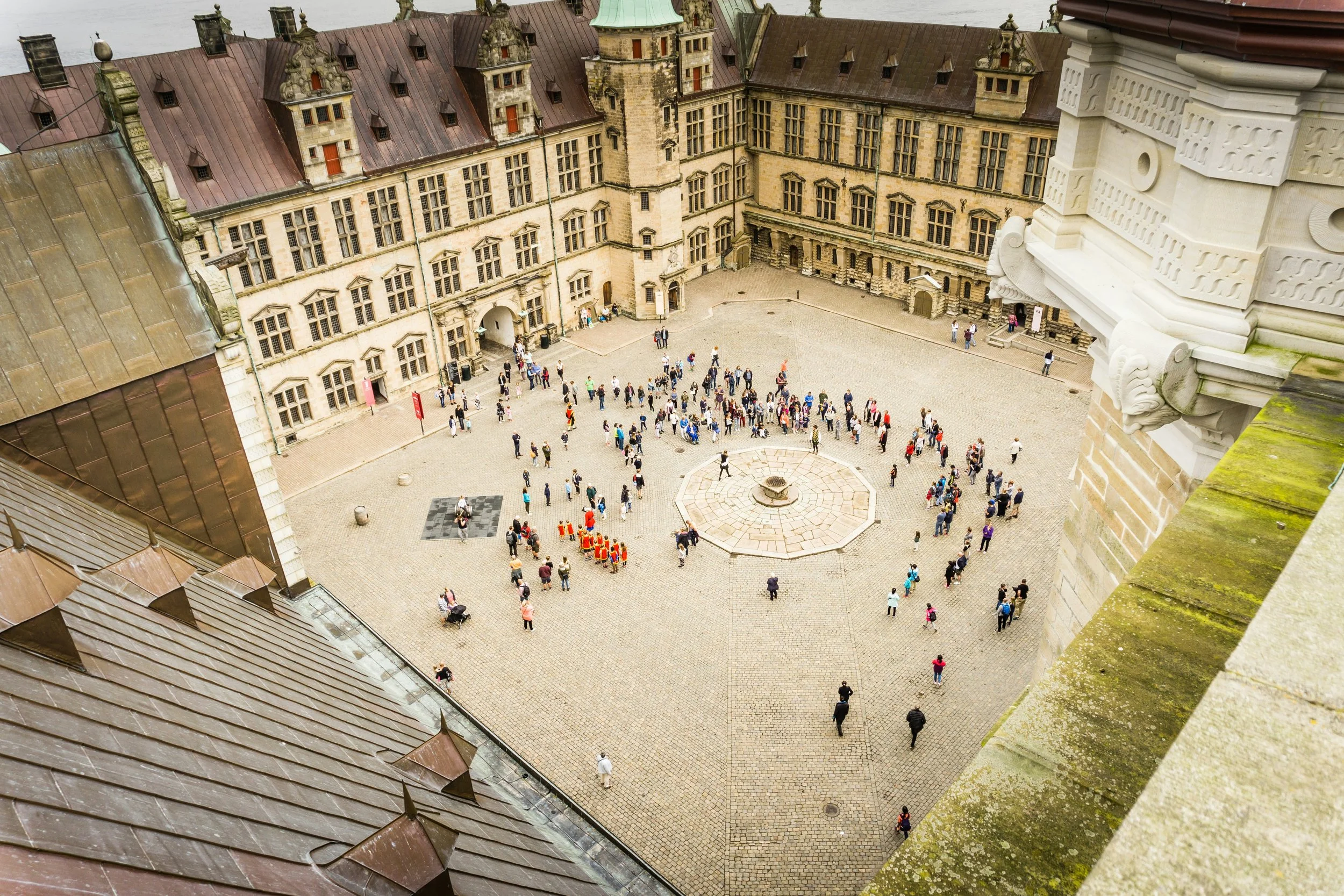
Tourism
The CATCHMENT AREA IN SCANDINAVIA offers
a mix of cultural and historical landmarks, modern attractions, and natural beauty, creating a well-rounded appeal for a wide range of tourist profiles. Here’s a look at some of the top attractions that keep visitors returning year after year.
Greater Copenhagen:
A Growing Hub for Tourism in Scandinavia
With its unique blend of modern attractions, historical landmarks, and scenic landscapes, the Greater Copenhagen region—spanning both Copenhagen and Malmö—has solidified its status as one of Europe’s most attractive destinations for tourists, particularly those looking for weekend getaways. In recent years, the area has seen significant growth in visitor numbers, thanks to its strategic location and seamless connectivity.
Drawing over 10 million tourists annually and generating a remarkable 26 million overnight stays within a 60-minute radius, the region captures the interest of travelers from all over the world. Notably, 59% of these visitors are international, highlighting its global appeal as a tourism powerhouse.
A Destination for Short Breaks with International Appeal
Greater Copenhagen’s appeal as a city-break destination is well-founded. With efficient travel options, especially through Copenhagen Airport—the largest in Scandinavia—reaching over 30 million passengers annually, the region is easily accessible for travelers from key markets. The Øresund Bridge, which connects Copenhagen to Malmö, also facilitates seamless travel between Denmark and Sweden, allowing tourists to experience the best of both cultures. Many visitors are drawn to the region for its weekend-trip potential, with a high volume of travelers coming from Germany, the UK, Norway, and Sweden. Additionally, a significant number of second homes are owned by Danes, Swedes, and Norwegians, reflecting Greater Copenhagen’s popularity as a go-to destination for short stays and leisure.
Copenhagen’s Iconic Sights
Tivoli Gardens
One of the world’s oldest amusement parks, Tivoli Gardens draws over 4 million visitors annually. Known for its beautiful gardens, exciting rides, and seasonal events, it’s a beloved attraction for families, groups, and solo travelers alike.The Little Mermaid
A symbol of Copenhagen and Denmark’s cultural heritage, this harbor statue is one of Scandinavia’s most visited landmarks.Nyhavn
This vibrant, colorful harbor district is lined with cafes and restaurants, providing an ideal setting for al fresco dining and is a top spot for scenic photography.Amalienborg Palace
Home to the Danish royal family, this grand palace and its daily changing of the guards ceremony are popular draws for tourists interested in Danish history and culture.National Museum of Denmark
A must-visit for those interested in Scandinavian history, this museum offers extensive exhibits on Denmark’s Viking past and cultural heritage, appealing to history enthusiasts.
Malmö’s Unique Appeal Across the Øresund
Turning Torso
Scandinavia’s tallest building and a landmark of modern architecture, Turning Torso attracts architecture and design enthusiasts.Malmö Castle and Museums
This historic castle combines art, history, and science exhibitions, making it a top cultural attraction.Lilla Torg
A charming square in Malmö’s old town, Lilla Torg is popular among tourists for its quaint cafes, restaurants, and traditional Swedish ambiance.Västra Hamnen (Western Harbour)
Known for its sustainable urban design, Västra Hamnen is a model of eco-friendly development and offers picturesque seaside views, attracting visitors interested in sustainability.
Natural Beauty and Outdoor Attractions
Beyond its urban sights, Greater Copenhagen is celebrated for its natural landscapes, which offer a refreshing escape for outdoor enthusiasts:
Louisiana Museum of Modern Art: Just a short drive from Copenhagen, this museum not only houses impressive modern art collections but also offers stunning views over the Øresund, blending art with nature.
MORE >Beaches and Forests of Zealand: The island of Zealand boasts serene beaches and lush forests, perfect for hiking, swimming, or just enjoying the natural beauty of the area.
Roskilde Fjord and Viking Ship Museum: Located within an hour of Copenhagen, Roskilde attracts visitors interested in Viking history and offers a scenic retreat by the fjord.
MORE >Kronborg Castle in Helsingør (Elsinore): Known worldwide as the setting of Shakespeare’s Hamlet, this UNESCO World Heritage Site is a must-visit for literature lovers and history buffs.
MORE >
Year-Round Attractions
and Seasonal Events
One of the key factors driving tourism success is its year-round appeal. Seasonal events throughout the year add value to the visitor experience and create unique reasons for tourists to return. The winter months bring popular Christmas markets in both Copenhagen and Malmö, drawing locals and tourists to enjoy festive decorations, artisanal gifts, and holiday treats. Meanwhile, the warmer months feature festivals like the Copenhagen Jazz Festival, Distortion street festival, and Malmö Festival—each celebrating the area’s rich arts, music, and food scenes. These events not only enhance visitor engagement but also generate significant economic activity, supporting local businesses and tourism services.
Positioned for
Continued Growth
Greater Copenhagen’s combination of accessible travel, diverse attractions, and cultural richness positions it as one of Europe’s most compelling destinations for both short and extended stays. With a wide array of experiences, from historical sites to modern architectural marvels and natural landscapes, the region appeals to travelers from a variety of markets and backgrounds. The increasing popularity of second homes owned by Danes, Swedes, and Norwegians further underscores the area’s appeal as a preferred leisure destination.







